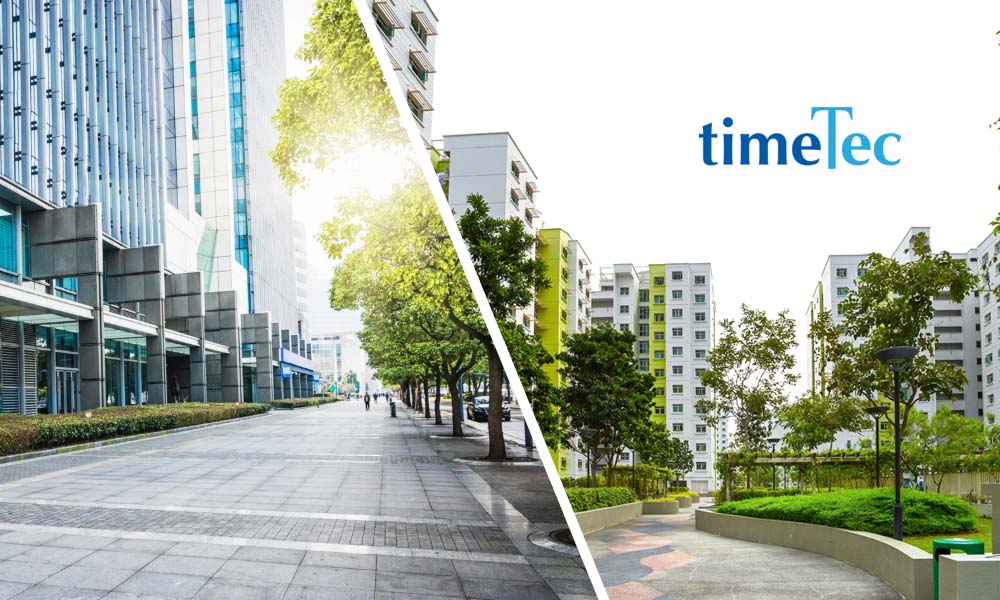While TimeTec’s Tenant Management framework shares a common cloud-based core, the functional emphasis, workflows, and integration points differ significantly between commercial and residential environments.
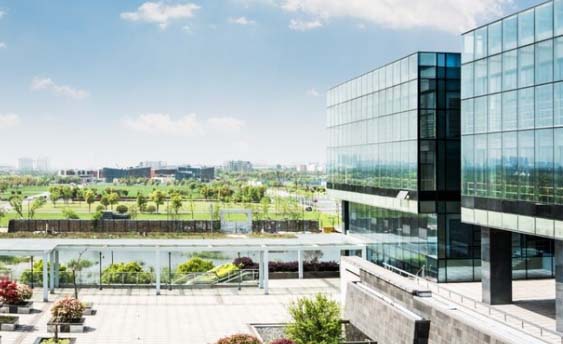
1. Commercial Buildings, TimeTec iTower
Operational Focus:
In commercial environments, such as office towers, business parks, and retail complexes, tenant management emphasizes business continuity, security control, and facility efficiency.
Key Characteristics:
- Multi-Entity Tenancy: Tenants may be corporations, retail outlets, or service providers, each with multiple authorized personnel. The system must support multi-level access rights, e.g. employees, contractors, and visitors which tied to the company’s lease profile.
- Access Control & Time Windows: Integration with ELV systems is often linked to business hours, ensuring after-hours entry is logged, authorized, or charged separately.
- Visitor & Contractor Management: Pre-registration, security vetting, and access scheduling are more critical due to higher visitor turnover.
- Billing Complexity: In addition to rental and service charges, commercial setups may require sub-metered billing for utilities (electricity, water, chilled water), shared facility usage fees, and marketing fund contributions.
- Parking Management: Monetization for season passes + casual (hourly) parking; optional tenant validation/discounts.
- Shared Facilities Booking: Meeting rooms, co-working spaces, exhibition halls, and loading bays are often bookable via the tenant app, integrated with real-time availability calendars.
- Analytics: Occupancy analytics focus on footfall trends, peak operating hours, and space utilization, feeding into operational cost optimization.
2. Residential Properties, TimeTec iNeighbour
Operational Focus:
In residential environments, such as condominiums, gated communities, and serviced apartments, tenant management prioritizes community engagement, lifestyle services, and resident satisfaction.
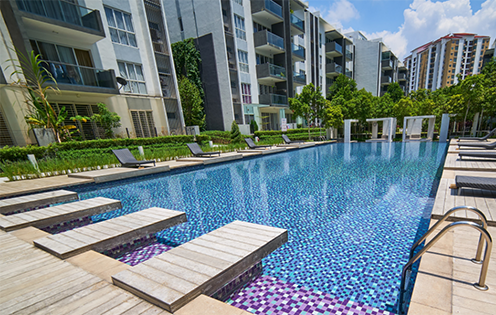
Key Characteristics:
- Single-Entity Tenancy: Typically, a single household per unit, though the system accommodates multiple residents with individual access rights.
- Community Announcements & Polling: Digital notices, e-polling for community decisions, and E-Forms for consent (e.g., renovation approvals) are widely used.
- Facility Management: Booking of amenities such as swimming pools, gyms, sports courts, and BBQ pits is often tied to usage quotas and community rules.
- Defect Reporting & Maintenance Requests: New developments use the app extensively for defect liability period (DLP) reporting, with photographic evidence and SLA tracking.
- E-Billing & Payments: Covers maintenance fees, sinking fund contributions, utility bills, and ad-hoc charges like access card replacements.
- Parking Access: Access control purpose, not revenue. Parking is tied to unit entitlement (e.g., 1–2 bays), not priced by time.
- Security Integration: Visitor pre-registration (QR codes), license plate recognition (LPR) for resident vehicles, and panic button features for emergencies.
- Lifestyle Integration: Shopping, restaurant, and service promotions are integrated into the tenant app to encourage local business engagement.
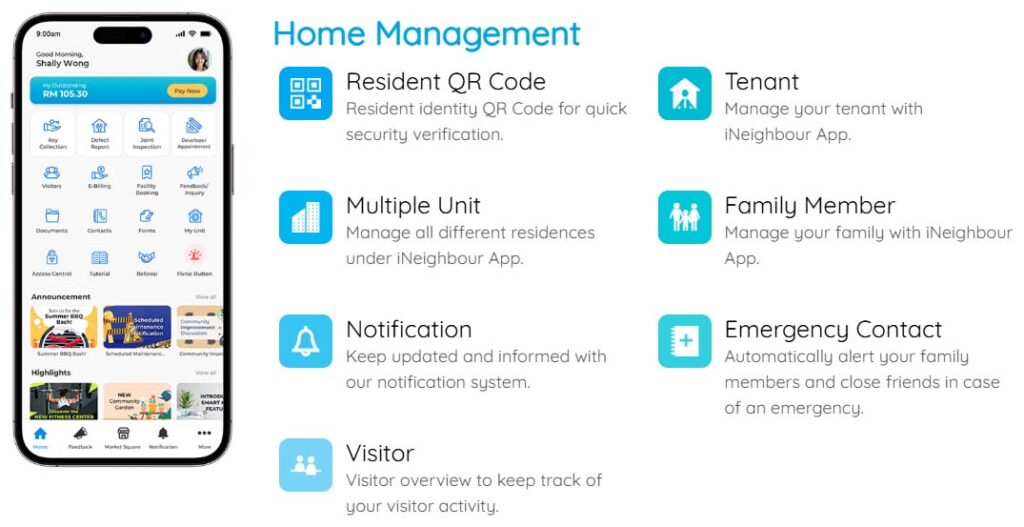
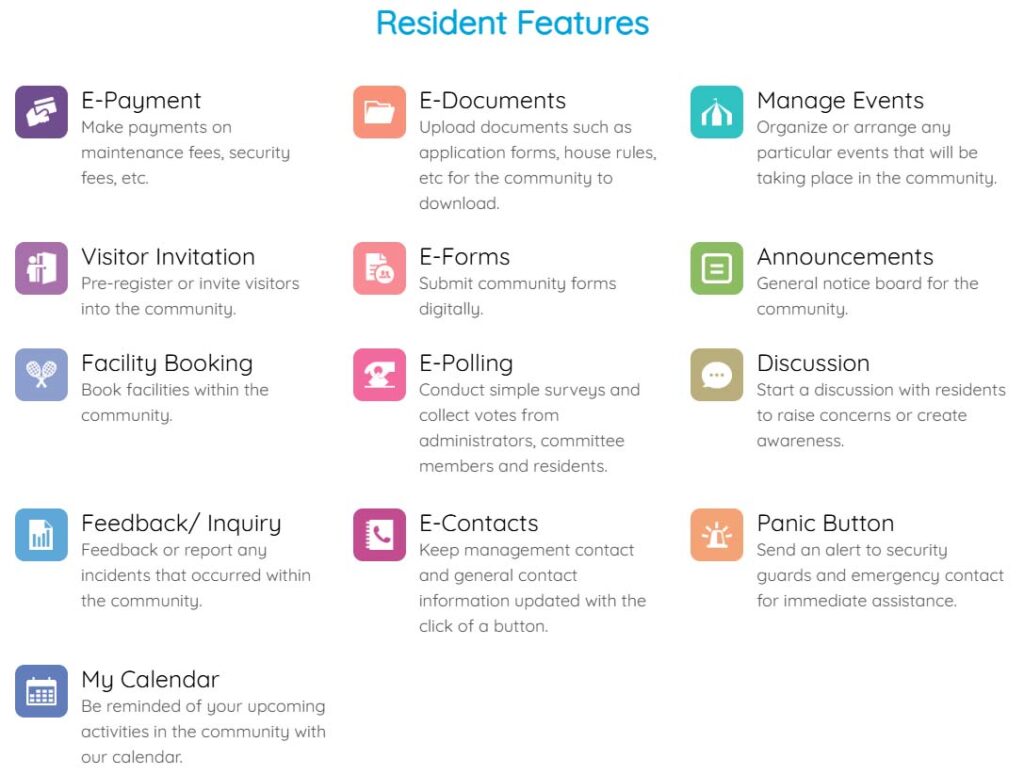
3. Summary of Differences
| Aspect | Commercial Buildings | Residential Properties |
|---|---|---|
| Tenancy Type | Corporate, retail, service-based | Household/individual |
| Access Control | Business-hour rules, multi-level roles | 24/7 personal access, household-based roles |
| Billing Model | Complex (rent, utilities, marketing funds, shared spaces) | Simpler (maintenance, sinking fund, utilities) |
| Parking | Season + casual paid parking; e-invoice & reconciliation | Access-only; security-driven; no time-based monetization |
| Facility Usage | Meeting rooms, co-working spaces, loading bays | Recreational and lifestyle facilities |
| Engagement Tools | Operational notices, emergency drills | Community news, e-polling, promotions |
| Security Priority | Visitor/contractor vetting, access logging | Visitor pre-registration, panic button alerts |
| Data Analytics | Footfall, space utilization, business performance | Facility usage patterns, community satisfaction metrics |
In essence:
Commercial tenant management is operations and compliance driven, while residential tenant management is community and lifestyle driven. TimeTec’s platform is architected to handle both profiles seamlessly within a single ecosystem, allowing mixed-use developments to operate without maintaining separate systems.
